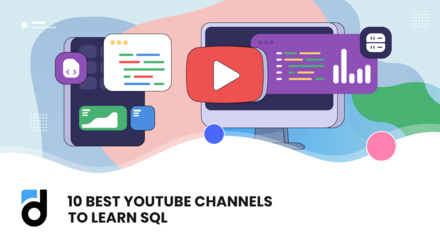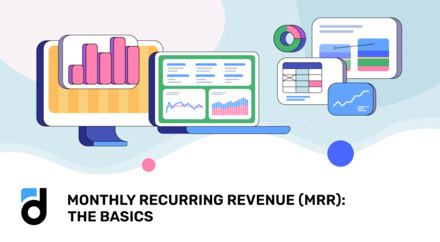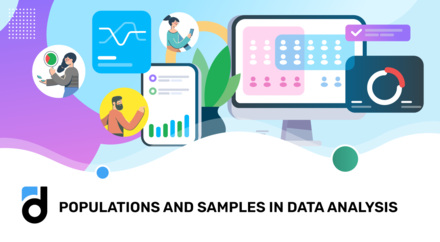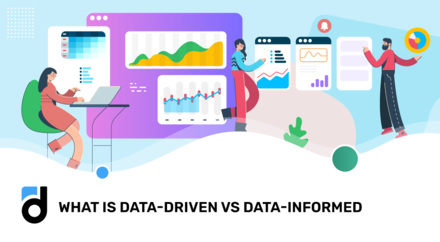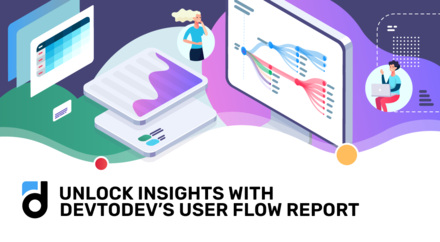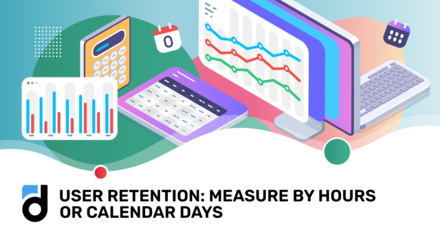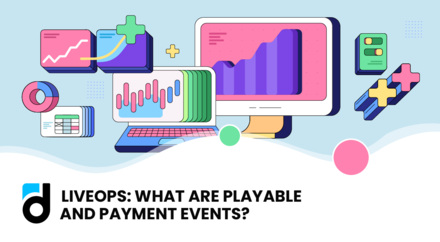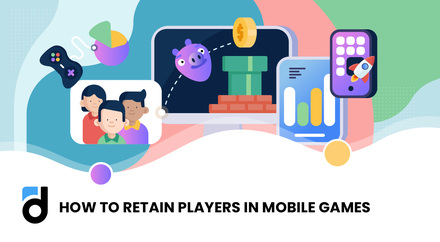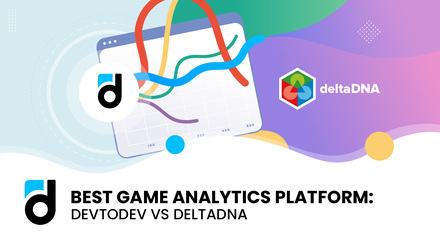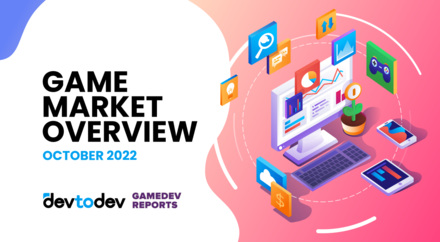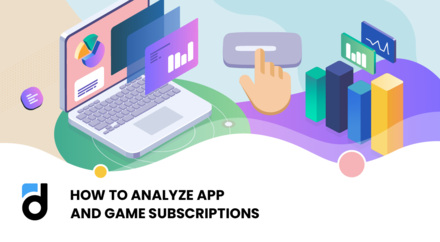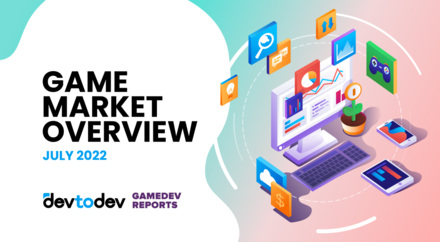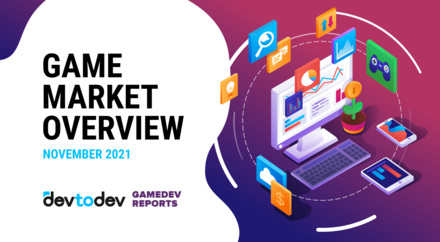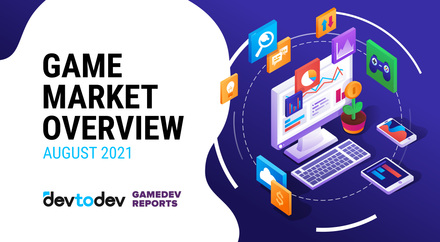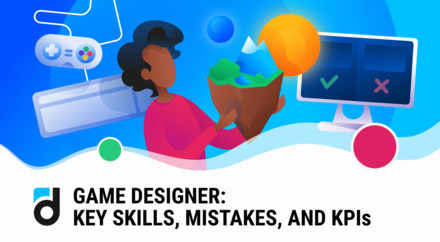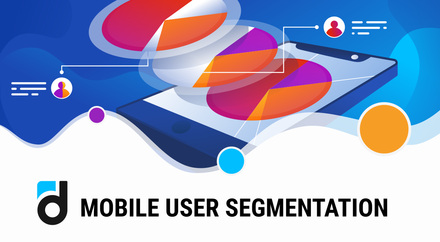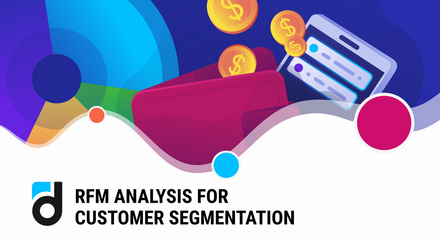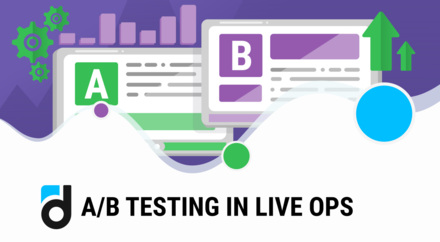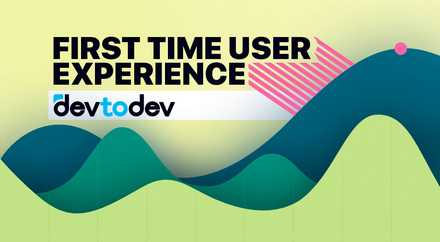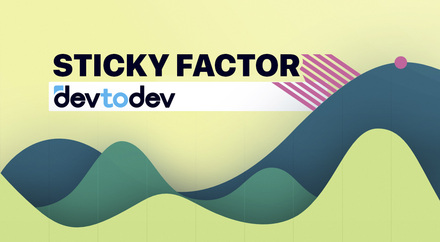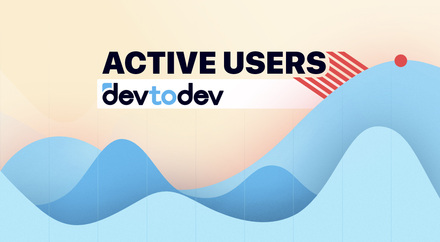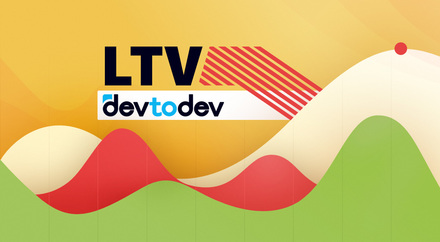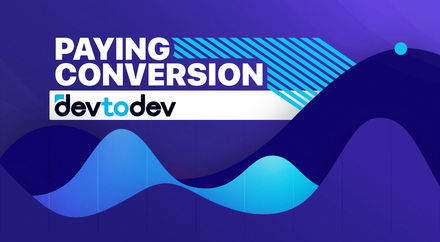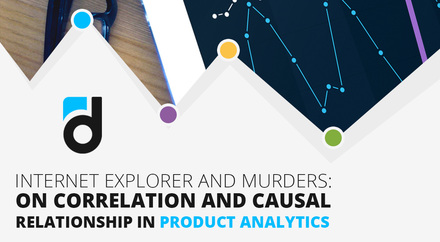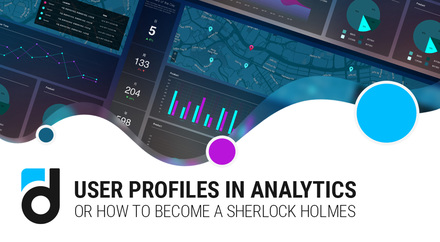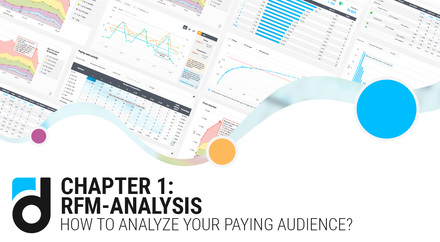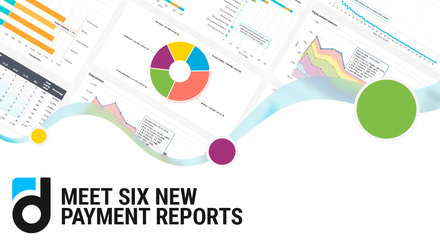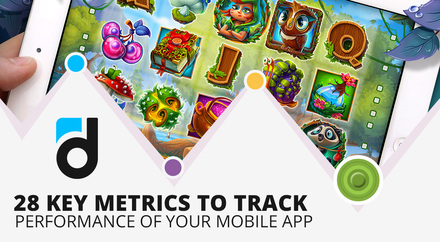Every app or game developer wants their users to use their product for as long as possible. They believe that hours and hours of time spent at it prove that the product is truly amazing.
In this article we try to give you honest answers to some questions arising from this belief:
-
Do you really need to keep users in the product for as long as possible?
-
If you need to, then how do you do it?
Average session length is the metric used to measure the amount of time spent in your app or game. Use this formula to calculate it:

Actually, all the available analytical systems calculate it and call it either session length or session duration, or visit duration. However, different systems’ calculations produce different results because they are based on activity time but the activity time is a subjective matter.
Always read the documentation of the system you choose to understand the meaning behind every metric!
Some systems as ‘activity time’ take the time when it has focus - when it is open and running not in the background. Other services as ‘activity time’ take the time from the first to the last user action.
Another difference in session length calculation is how the systems cope with session interruptions. The sessions can be interrupted automatically after some time of inactivity, after the app was closed, or lost focus.
Read more: Game Analytics Metrics Glossary

In the devtodev analytics for example the session length is the time when the app had focus, but if it lost focus for 10 minutes the session is finished.
One more finer point about this metric is that it is calculated as an arithmetic mean which means that inaccurate data can corrupt it.
Let’s assume that most of the users spend from 10 to 20 minutes in your app. A couple of them, however, opened it then got distracted and spent 45 minutes as a result.
Here is the data for the two cases:

As you can see even two users with very long sessions can profoundly influence the results.
In order to get actionable results, you always need to segment your users. You can find out the difference between the session length of users from different sources, people who use different devices, and so on. It is very likely that even the way they use your product or their payment will be different.
Read more: 25 Key Metrics to Track User Loyalty

What is the Best Session Length?
There is no simple answer to that question because the goals of different products vary greatly therefore the ideal time length varies too. If you want to check the definition of a word in a dictionary, it won’t take much time, however, if you use a music or graphic app then your session may last for hours. Is the dictionary app with its short sessions worse than the music app with its long sessions? Sure not. There is no sense in comparing session lengths of different products. You can only compare them only if they belong to the same genre.
Read more: How to Boost User Loyalty: a Case Study From Kefir and devtodev Support Team
We at devtodev often see that there is a certain dependency between session length and frequency in successful apps: they have either a few long sessions or a lot of short ones. It all means that users are really involved with the product, they turn to it regularly. If that is the case then the session length doesn’t play any role because the user already made your app a part of their life, their routine.
You need however to evaluate the session length with regard to your product. If you have plenty of sessions with the length of 10 seconds or less and you know that users can’t do anything meaningful for that time then you need to run a detailed analysis of their actions and your user sources.
Read more: Total Daily Play Time
How to Look at It?
You are unlikely to find any positive correlation between the session length and your income. However, you still can draw some conclusions from the metric.
If, for example, the session got longer after an update then it can be considered a success. Your users found additional value in your product and enjoy using it more. And if they really do then the financial metrics, as well as retention, are likely to rise.

The opposite situation is also possible. It’s possible that your sessions got longer because users get lost in your new interface and simply can’t find what they want. In this case, the same metrics will go down.
So, we can draw a very important conclusion from everything written above - the average session length alone doesn’t give you any reliable information if you analyze it regardless of the genre, financial and behavioral metrics.
Nevertheless, if this metric changes then it’s a good reason to analyze your latest updates, their influence on the product, and other metrics




























